The City Dark (2012)
• January 20th, 2012 • 1h 24min
Documentary
Overview
When filmmaker Ian Cheney moves to New York City and discovers skies almost completely devoid of stars, a simple question – what do we lose, when we lose the night? – spawns a journey to America's brightest and darkest corners. Astronomers, cancer researchers, ecologists and philosophers provide glimpses of what is lost in the glare of city lights. Blending a humorous, searching tone with poetic footage of the night sky, what unravels is an introduction to the science of the dark, and an exploration of the human relationship to the stars.
Make sure to check your pop-up blocker!!
Trailer
Similar Movies
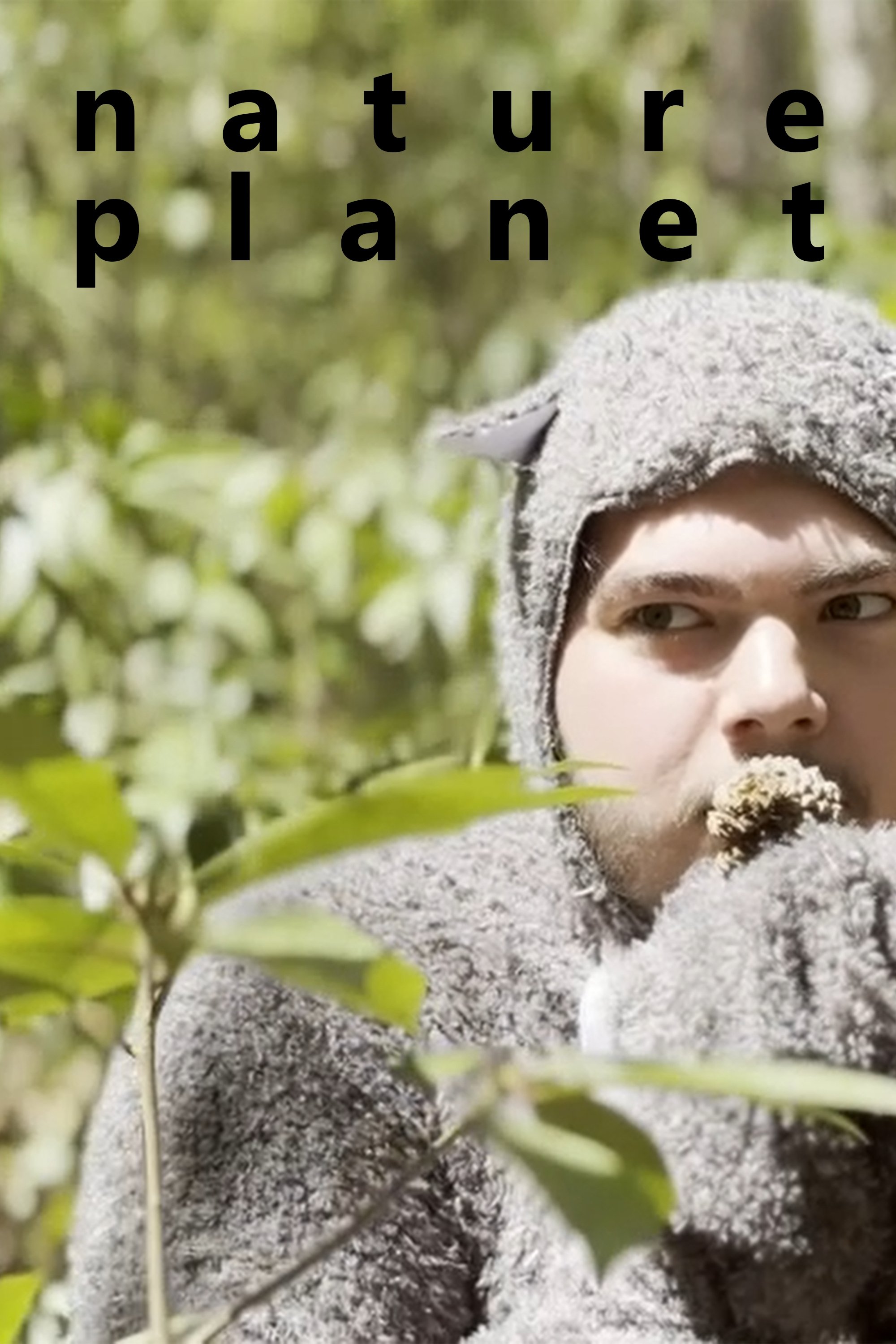
Nature Planet: Squirrels
Released on: 2024-04-19
Comedy, Documentary
A look at the world of squirrels in the forests of Alabama
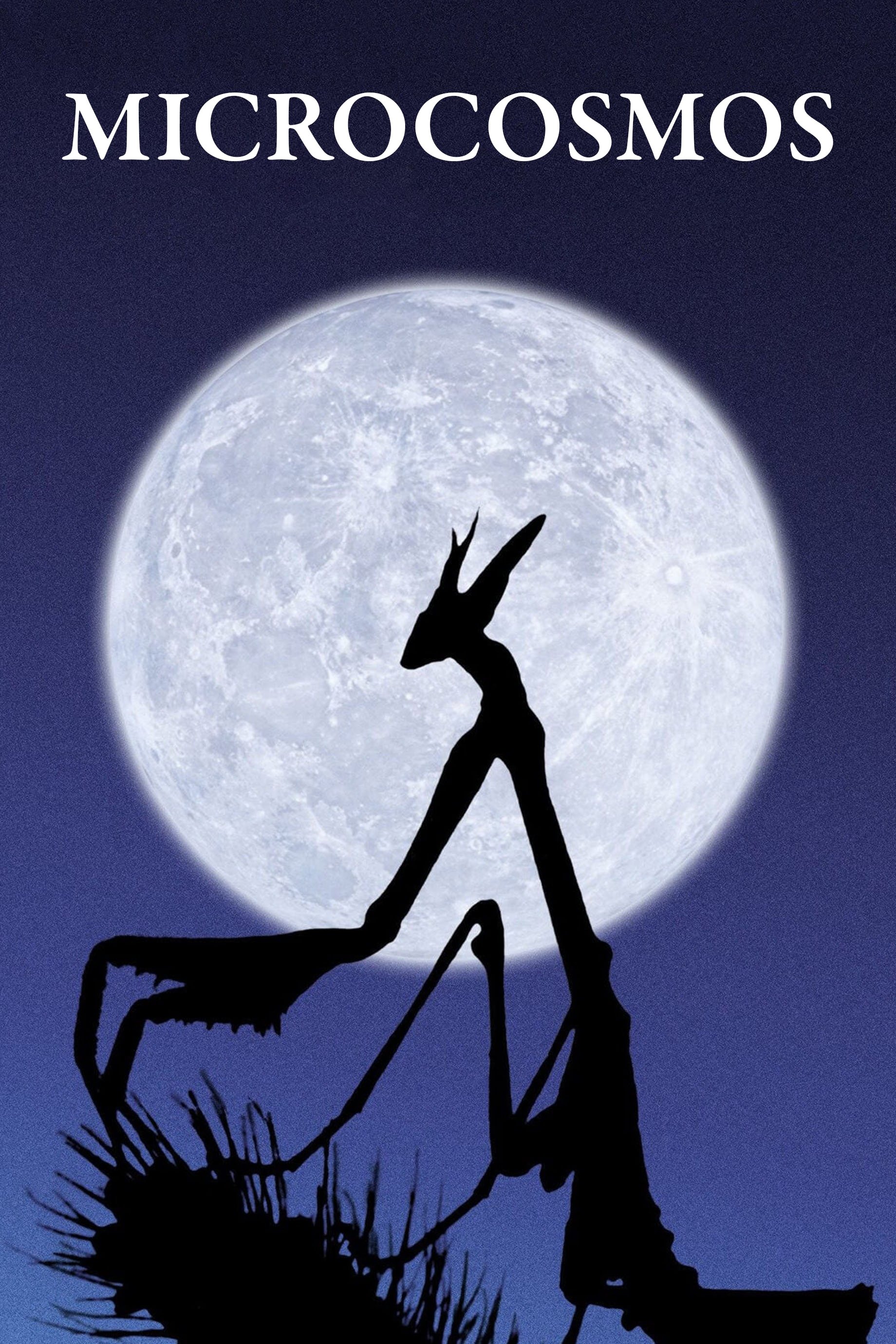
Microcosmos
Released on: 1996-09-06
Documentary
A documentary of insect life in meadows and ponds, using incredible close-ups, slow motion, and time...

Earth
Released on: 2007-10-10
Documentary
An epic story of adventure, starring some of the most magnificent and courageous creatures alive, aw...
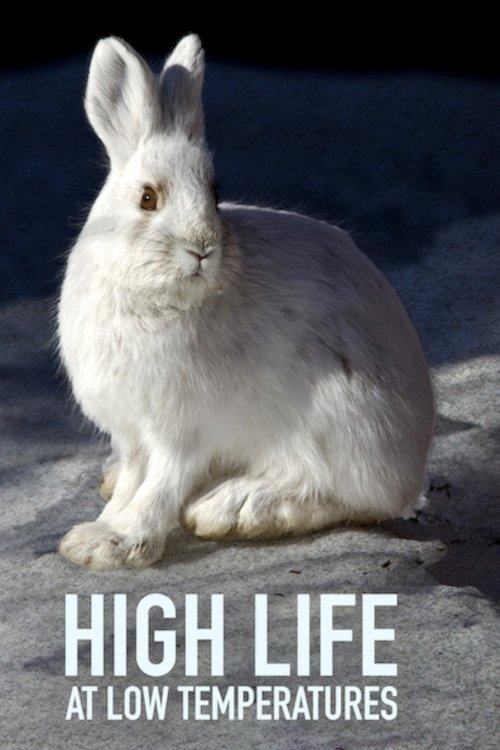
High Life at Low Temperatures
Released on: 2017-01-01
Documentary
The summits and sheer mountain ridges of Austria’s "Little Siberia" funnel the freezing air from sno...
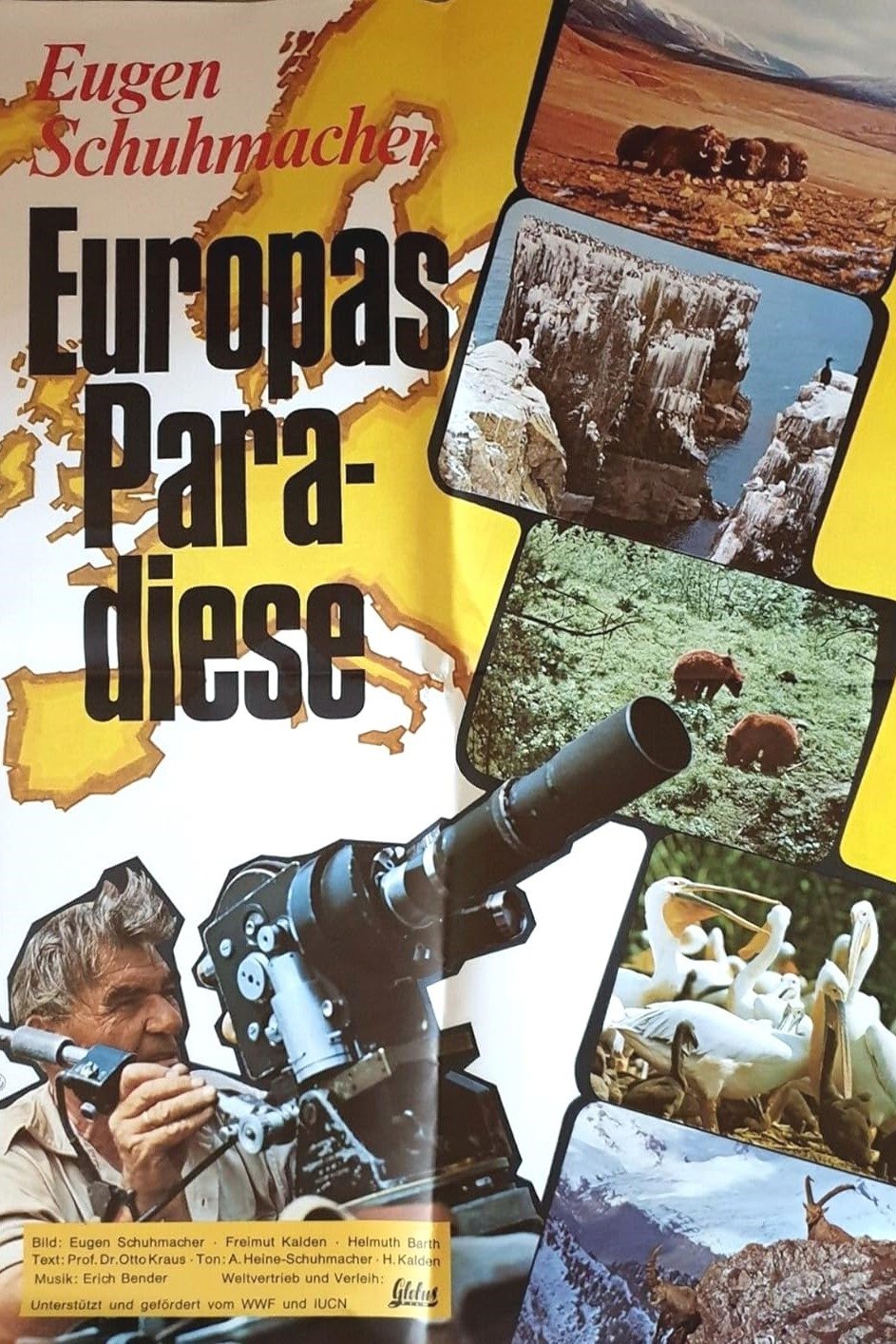
Europas Paradiese
Released on: 1973-11-23
Documentary
Eugen Schuhmacher focuses on endangered and rare animal species such as the European bison and the N...
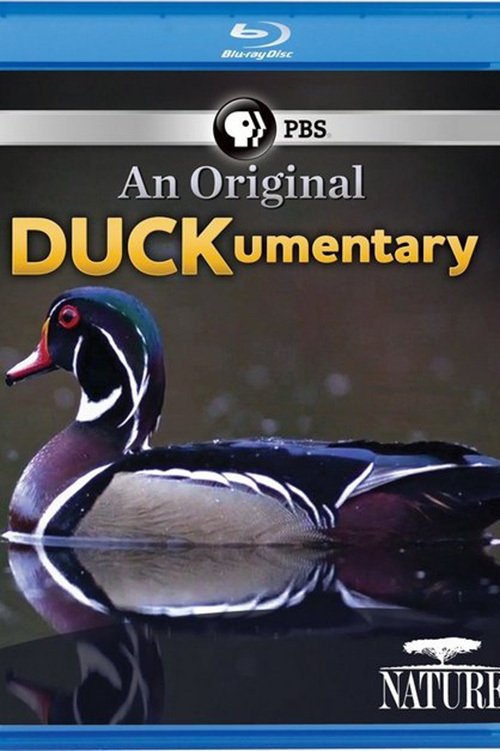
PBS Nature - An Original DUCKumentary
Released on: 2012-12-18
Documentary
Ducks are true originals. There are more than 120 different species of ducks in all, a fantastical g...

An Inconvenient Truth
Released on: 2006-05-24
Documentary
A documentary on Al Gore's campaign to make the issue of global warming a recognized problem worldwi...
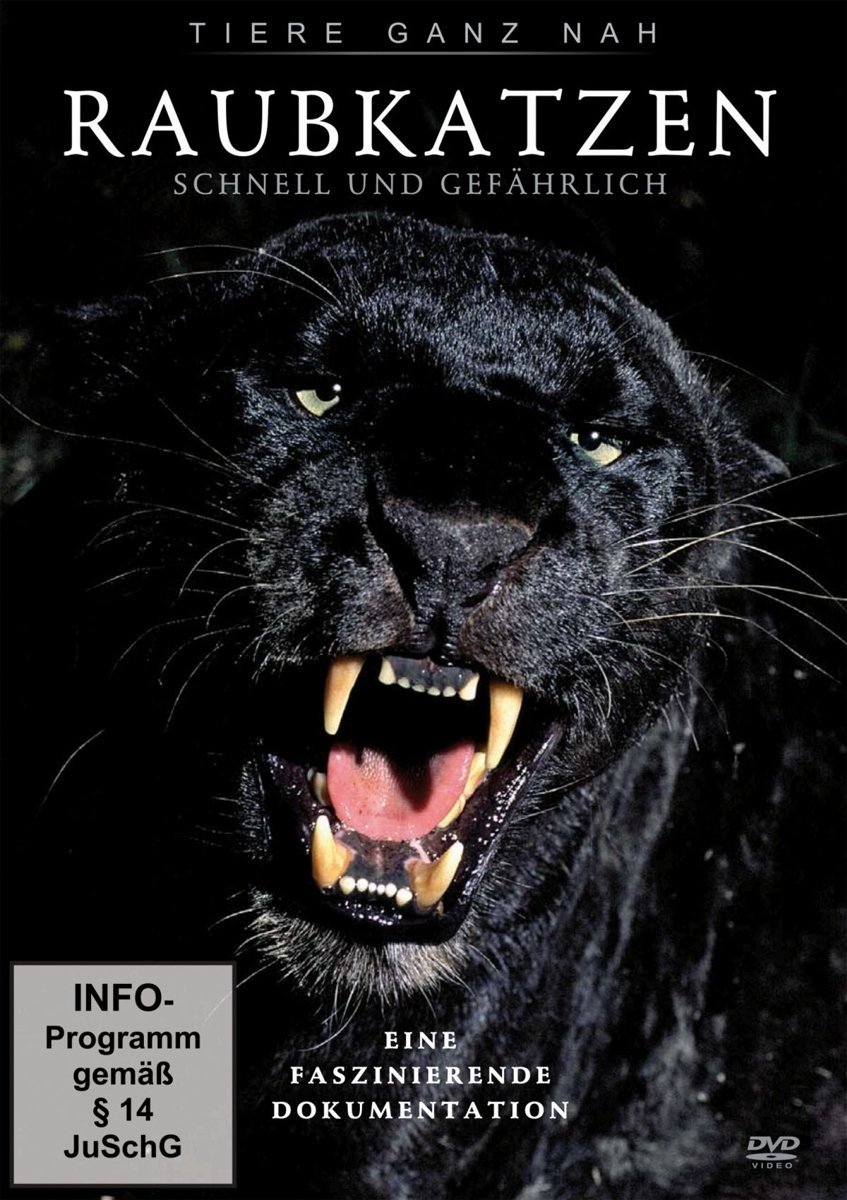
Big Cats: Fast and Dangerous
Released on: 2012-07-23
Documentary
The vast savannah of the Serengeti. A large part of the genus Panthera lives here. Better known as t...
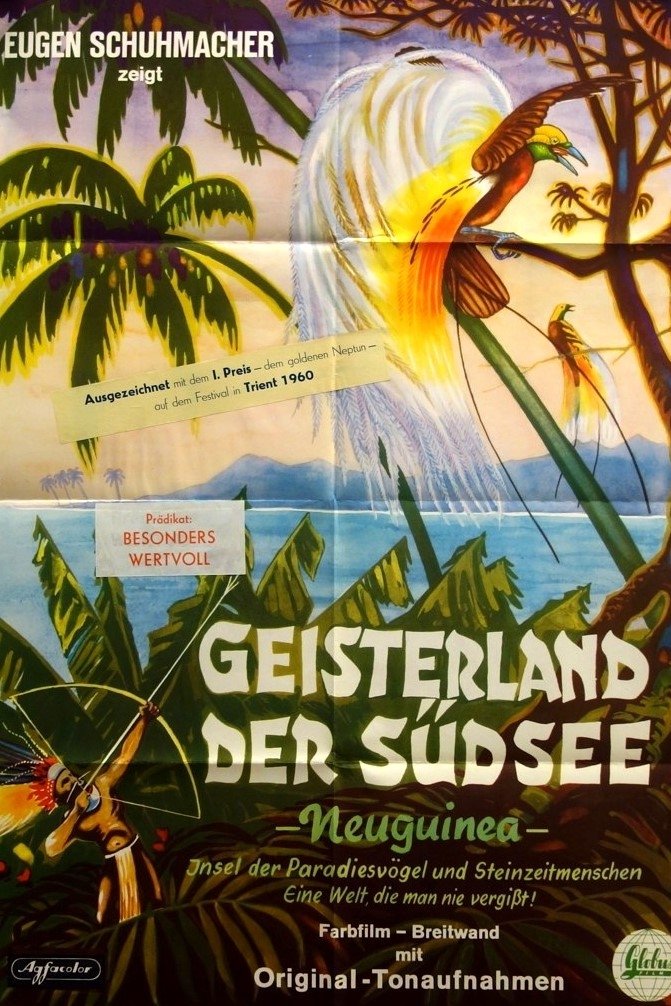
The Fabulous South Seas
Released on: 1960-04-14
Documentary
The island of New Guinea is the setting for this film, which focuses on the landscape, the life of t...
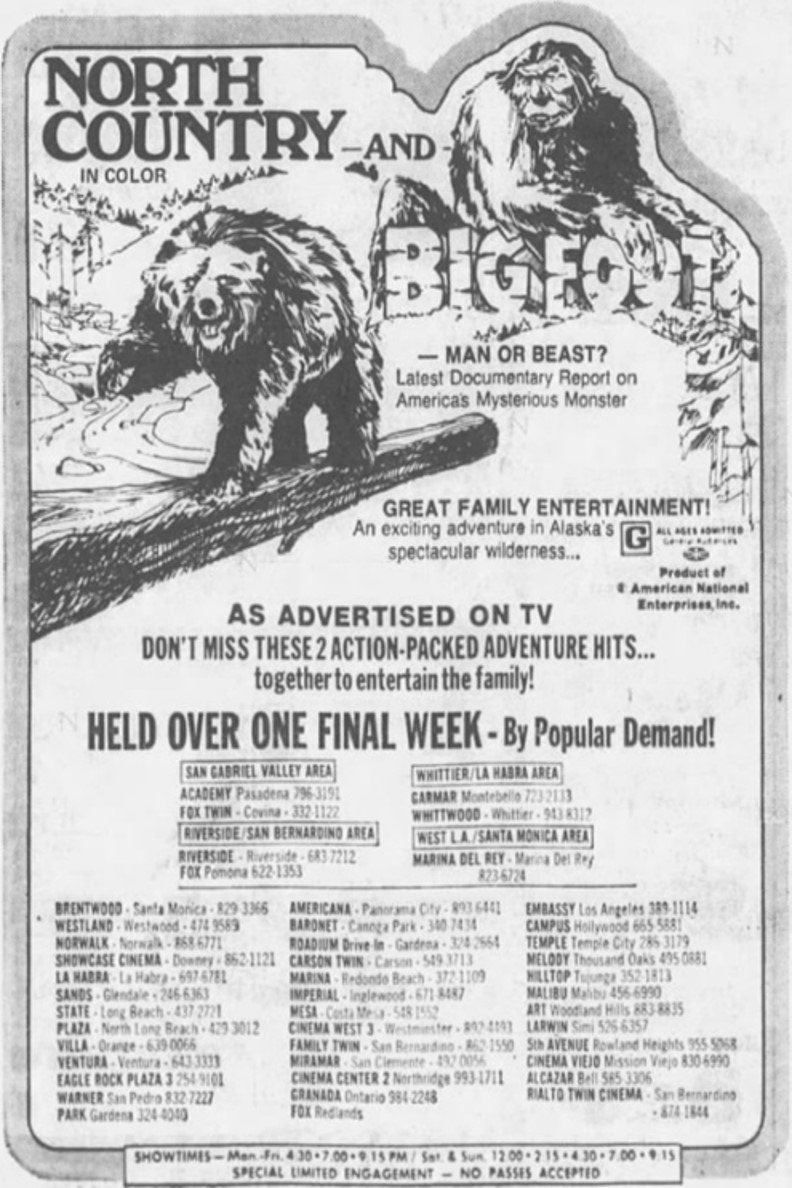
Bigfoot: Man or Beast?
Released on: 1972-03-15
Documentary
People go and search for the legendary Bigfoot creature.
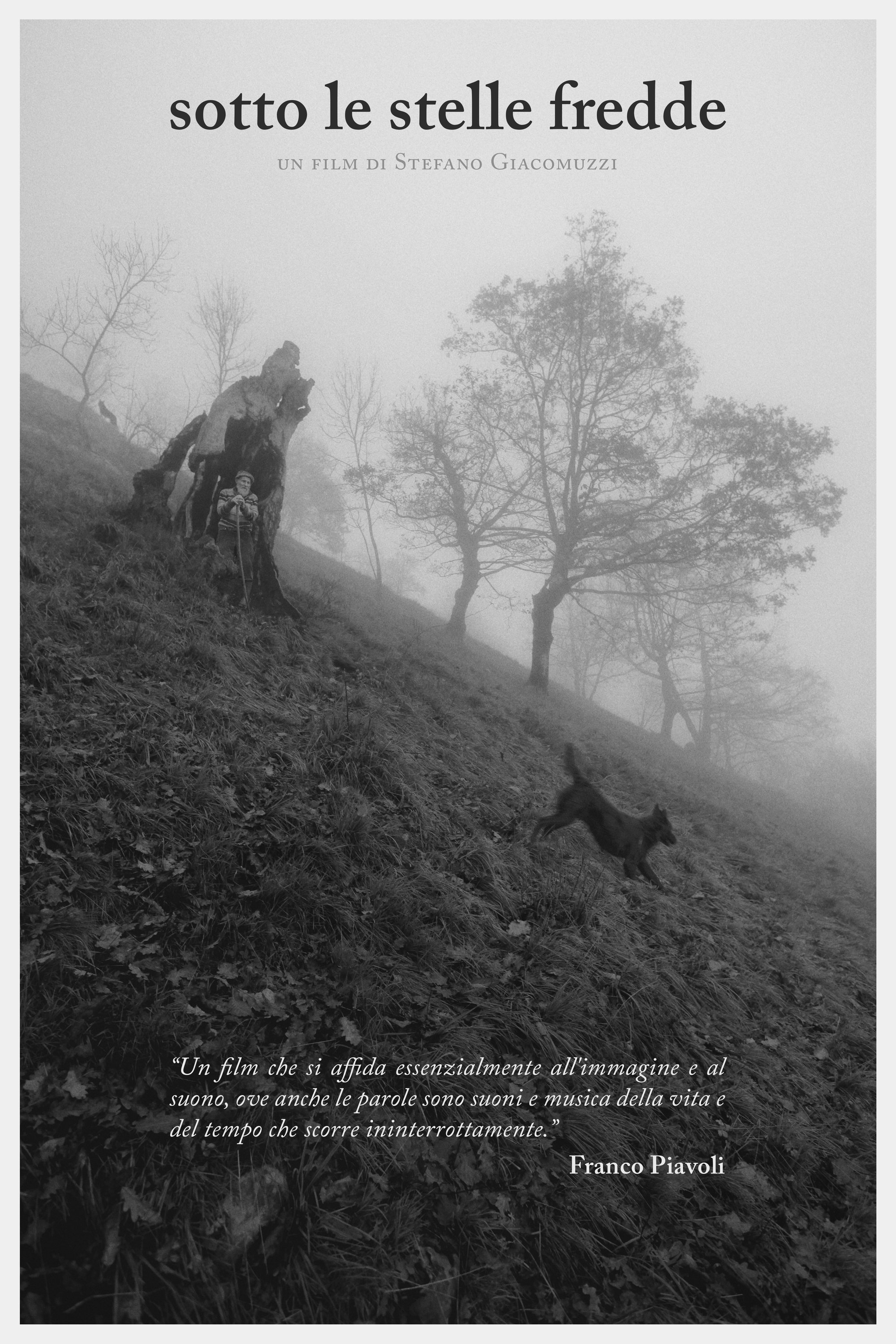
Under the Cold Stars
Released on: 2020-09-06
Documentary
Set in the mountains of northeast Italy, this film may be considered an observational documentary ab...
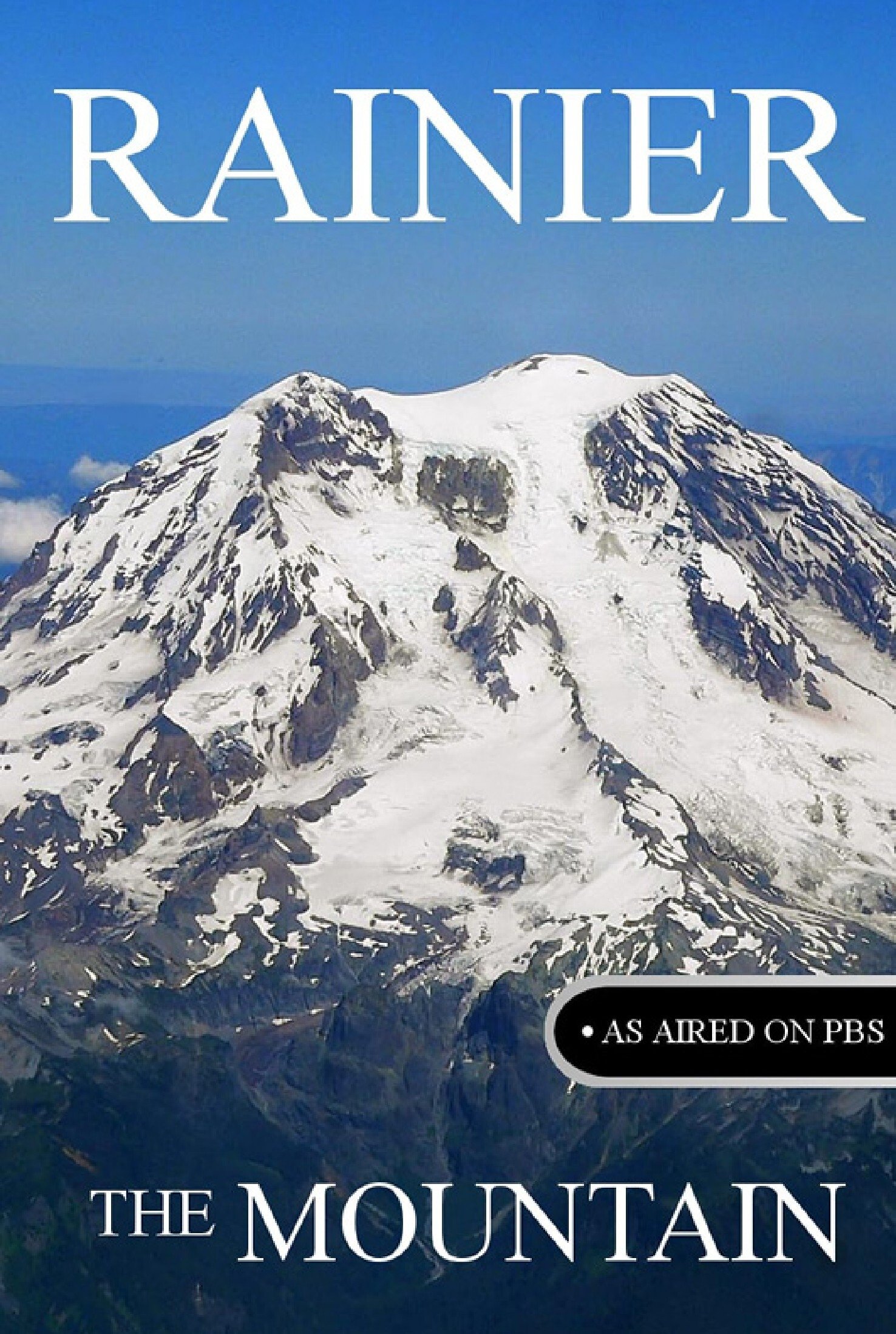
Rainier the Mountain
Released on: 1999-01-01
Documentary
In this retrospective tribute, acclaimed filmmaker Jean Walkinshaw hails the 100th anniversary of Mo...
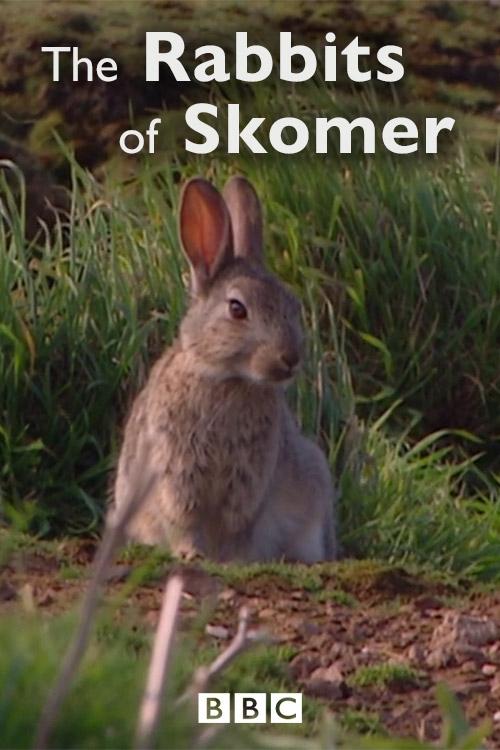
The Rabbits of Skomer
Released on: 2006-06-25
Documentary
Wild rabbits share the sea cliffs on the island of Skomer, off the Pembrokeshire coast, with seabird...
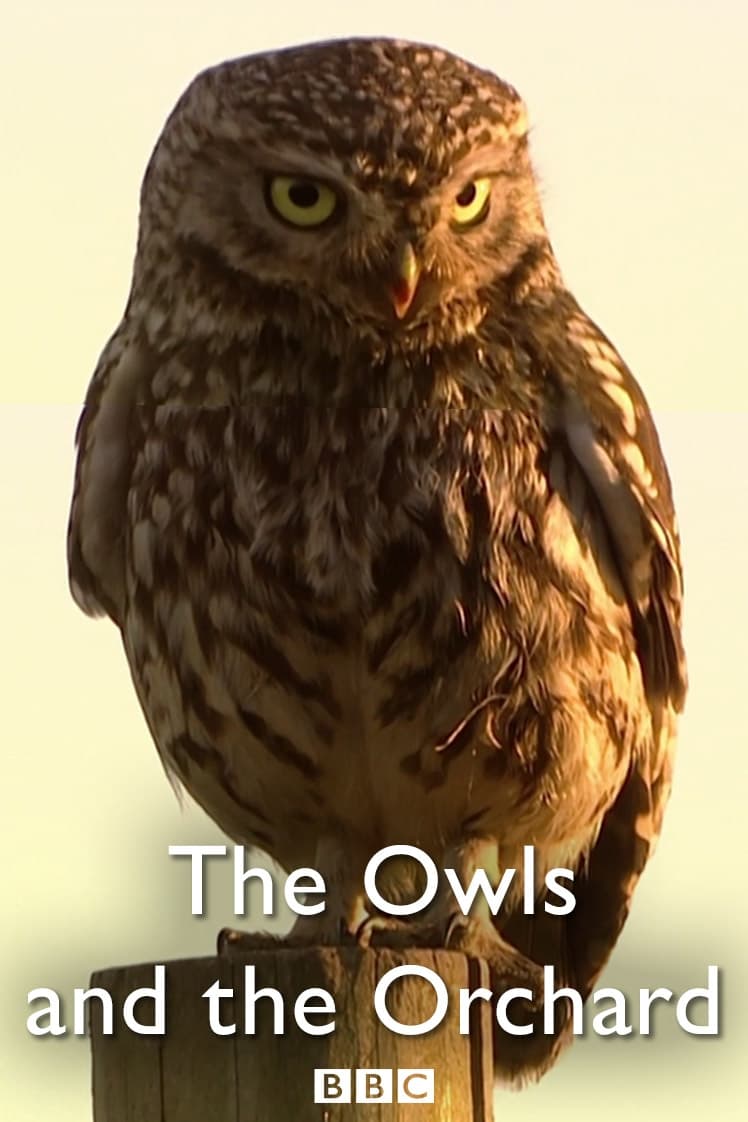
The Owls and the Orchard
Released on: 2005-11-23
Documentary
A devoted pair of little owls set up home in an old orchard in rural Herefordshire. From spring blos...
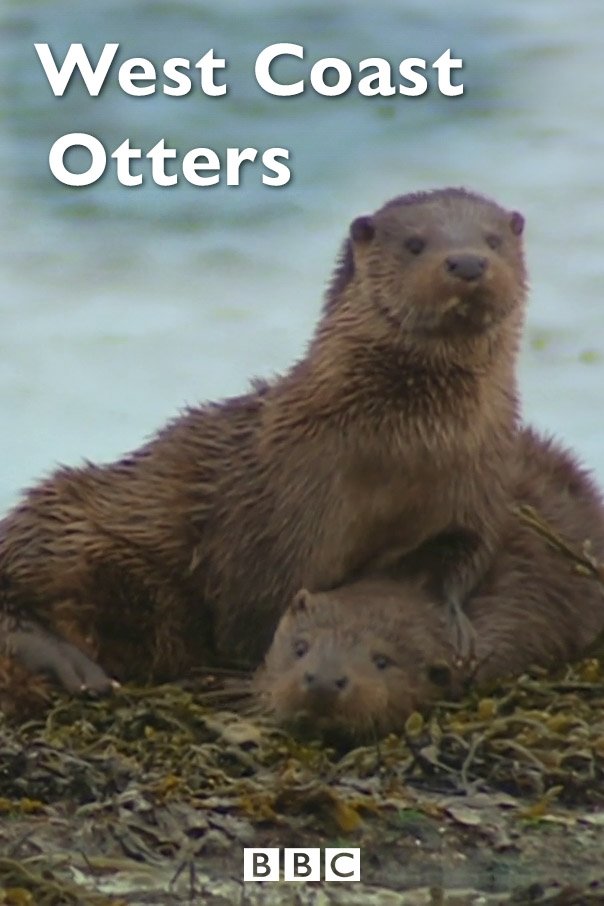
West Coast Otters
Released on: 2005-10-19
Documentary
Two otters, a mother and daughter, are inseparable as the cub faces the dangers of her first Scottis...

The Truth Is in the Stars
Released on: 2017-05-01
Documentary
William Shatner sits down with scientists, innovators and celebrities to discuss how the optimism of...

Earth: One Amazing Day
Released on: 2017-08-04
Documentary, Family, Adventure
An astonishing journey revealing the awesome power of the natural world. Over the course of one sing...
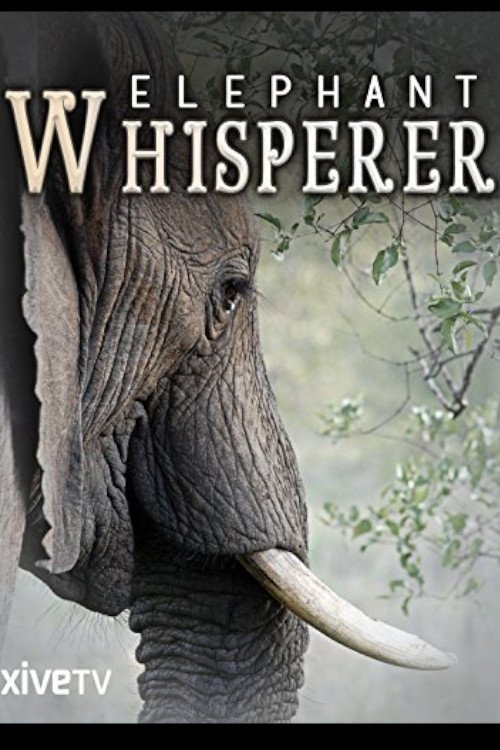
Elephant Whisperer
Released on: 2012-06-02
Documentary
Sangduen Chailert, or Lek, as she is generally known, has already rescued over 200 elephants. She ha...

Reflection
Released on: 2014-01-01
Documentary
Eerie images of landscapes after the Fukushima nuclear disaster shot on black and white 8mm.
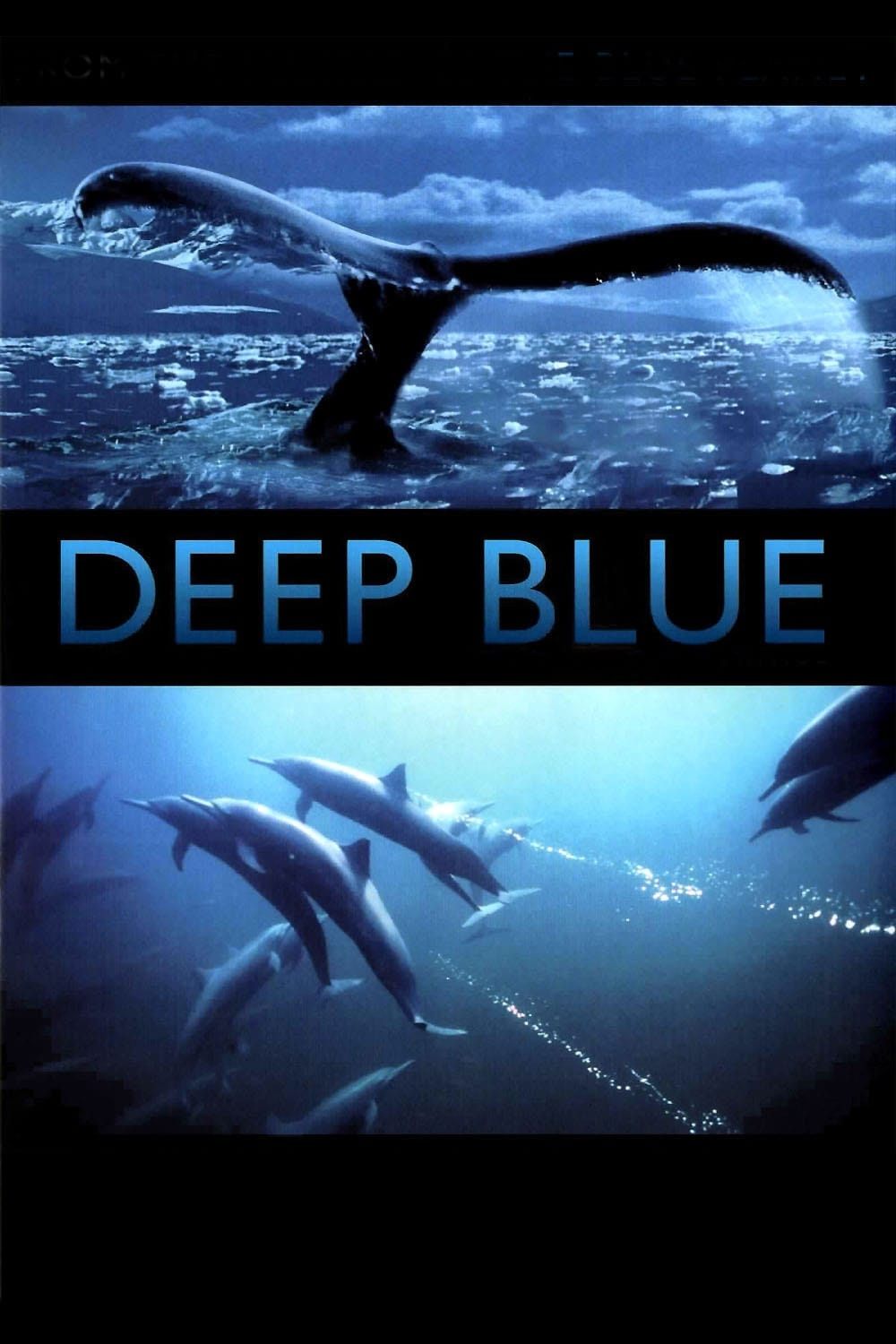
Deep Blue
Released on: 2003-05-18
Documentary
Deep Blue is a major documentary feature film shot by the BBC Natural History Unit. An epic cinemati...